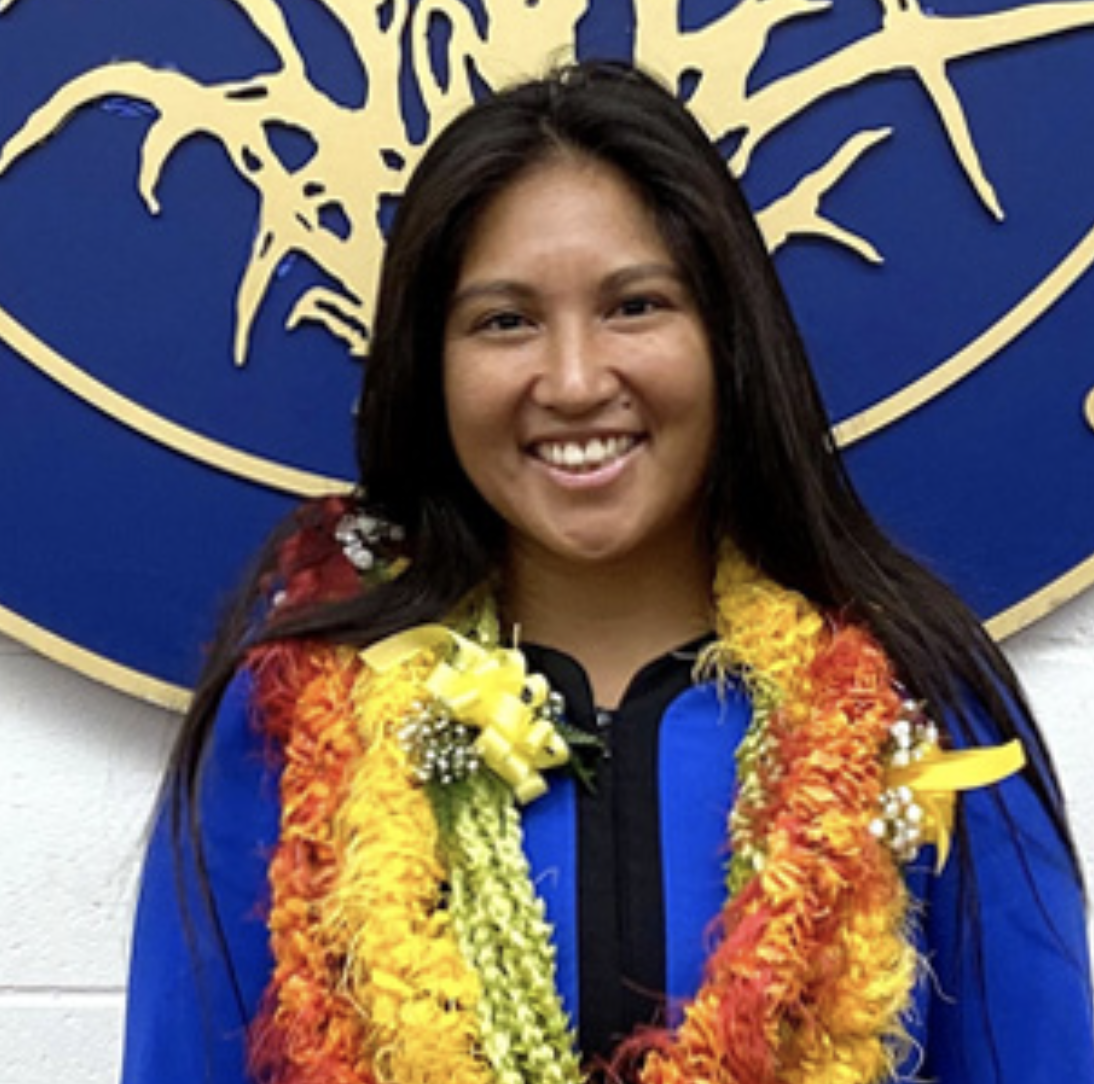A two-time University of Hawaiʻi at Mānoa College of Education (COE) alumna is the recipient of a national Presidential Award for Excellence in Mathematics and Science Teaching (PAEMST). Tessie Ford has been an educator for all grades at Waipahu High School since 2013, teaching engineering, technology, physics and astronomy among other seminars and capstone projects. Ford earned her Bed in secondary education with a focus in physics, as well as her MEd in curriculum studies STEM² program.
PAEMST awards are the highest honors bestowed upon K–12 science, technology, engineering, mathematics and computer science teachers by the United States government.
“Tessie is a passionate, intelligent, committed and inspiring educator who, through her teaching of physics and robotics, has heightened the quality, rigor and joy of science teaching and learning at Waipahu High School,” said COE Professor Tara O’Neill, director of the STEMS² master’s concentration. “She is a transformative educator who constantly seeks to expand her own knowledge and encourages her students to expect more from themselves. Tessie empowers her students to see a future for themselves in the STEM fields.”
Ford said she had many great, caring teachers who had a passion for what they were teaching and served as an inspiration to her. She tutored and mentored students along the way to becoming a teacher herself, which reaffirmed her dream to help and impact others. Ford attributes her confidence to participate and present at professional development activities, international STEM competitions and national conferences to receiving her graduate degree at UH Mānoa.
About her time at the COE, Ford said, “During my BEd program, both Bebe Davis and Tara O’Neillgave me great advice and modeled instructional strategies that I still use today. Bebe encouraged me to get involved through robotics, Science Olympiad, etc., and that’s where I saw how fulfilling it was to be a greater part of a school. When I was in Tara’s STEMS² program for my master’s, everything from the types of place/project-based lessons that we had to how close our cohort became to the importance of relationship building and deep understanding of why the students have to learn something became more apparent.”


